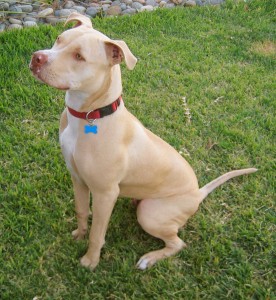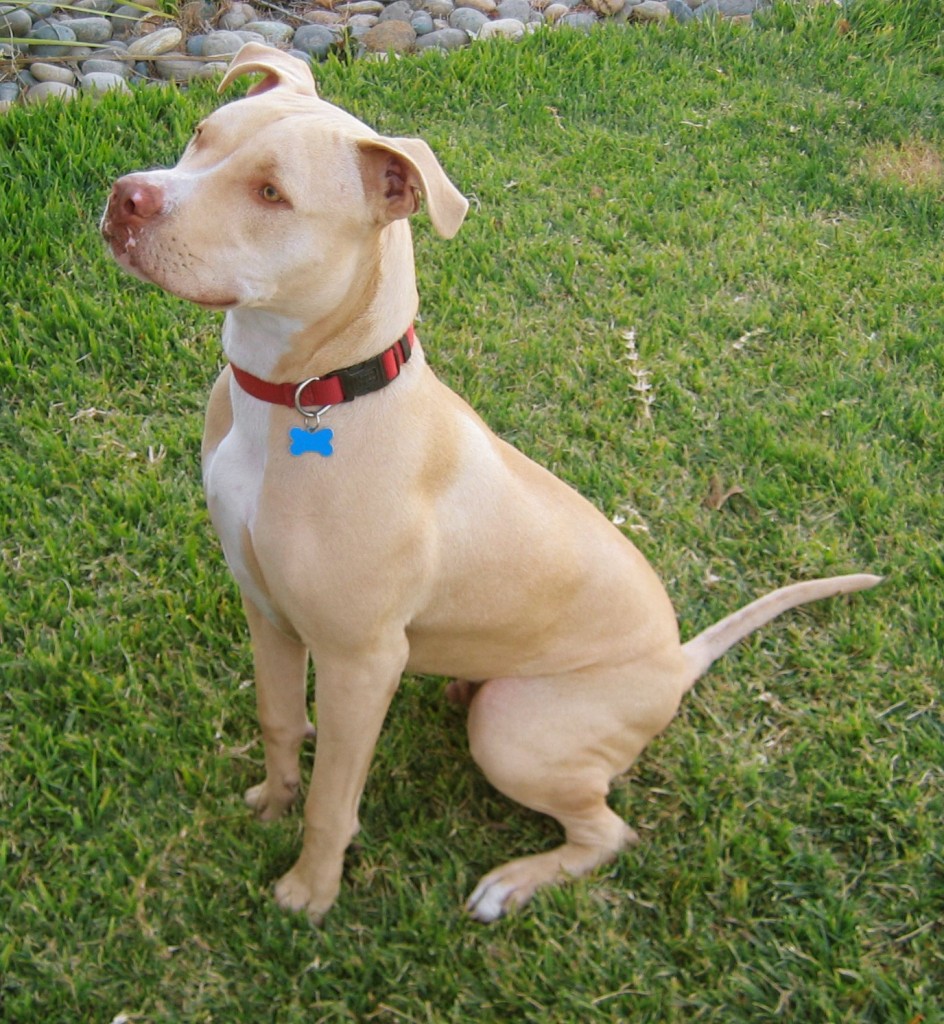
Picture by: Dante Alighieri
Many people come to this site looking for information about dog breeds that were banned under the Dangerous Dogs Act 1991. So here is a list of banned breeds under UK law along with a short history of when the law was amended or added to. (And of course some personal political commentary about why this Act needs to be repealed and replaced with some decent dog legislation.)
Under the original 1991 Dangerous Dogs Act the list of banned breeds or so called dangerous breeds was quite short and is as follows:
- Any Dog known as a Pitbull type
- Japanese Tosa
- Any dog known to be bred for fighting, or having the appearance of having been bred for fighting.
The Dangerous Dogs Act 1991 was amended in August 1991 to include additional breeds of “dangerous dogs”. Under the amendment the following dog breeds were added:
- Dogo Argentino
- Fila Brasileiro
Dangerous Dogs Act 1991 Banned Breeds List
Thus the full list of banned breeds under the Dangerous Dogs Act 1991 is as follows:
- Any dog known as a pitbull type (eg American Pitbulls, Blue Nose Pitbulls, Red Nose Pitbulls)
- Japanese Tosa
- Fila Brasileiro
- Dogo Argentino
- And any dog who in the opinion of the Secretary of State was bred for fighting, or has the appearance of a dog bred for fighting
The problem of course, apart from the idea of breed specific legislation itself, is that addition of breeds to this list is at the sole option of the Secretary of State. There doesn’t need to be any parliamentary debate or vote. New breeds can be added at any time. Thus the Act removes any idea of democratic representation of the views of the many involved parties.
A Home Secretary chasing votes in a General Election might therefore feel the need to add to the list of banned breeds to curry favour with a media that seems determined to fuel a moral panic about the issue. Thus he can be seen as a man of action, while potentially tens of millions of dogs could be heading for destruction. Definitely not the kind of legislation I want to see in a democratic country.
The Act was later amended again in 1997 to allow judges some leeway in interpreting the law and to clarify and expand some of the sections of the 1991 Act.
Dangerous Dogs Act 1997 Amendment
Under the original 1991 Act a judge had no option but to order the destruction of a dog if there were grounds to do so. This kind of straightjacket legislation does not go down well with the judiciary. Hence in 1997 the Dangerous Dogs (Amendment) Act 1997 (its official title) was brought into law.
The amendment mainly centres on dog destruction orders. A major feature of this amendment was that it handed some power of interpretation back to the judiciary. While this may be an improvement in one area, it does not address the weaknesses in the act as a whole.
Reducing Dog Attacks
A better idea would have been to repeal the original act and construct a better law, not based upon breed specific legislation, but rather based upon actions of dogs and owners. Had this new law been formed with due consultation of dog behaviourist experts, veterinary surgeons and other interested parties parliament would have been far better informed about the real issues surrounding dog attacks and the laws necessary to reduce them. If this process had occurred we might now have a sensible law that assists in the protection of the public and is easily enforceable instead of the continuing mess that is the current act.
Under the current legislation your dog only has to appear to be of a given type. That is to say, if your dog looks like a pitbull it may be liable to be destroyed under the Dangerous Dogs Act. It doesn’t matter if you have papers from the breeder to show the dog’s heritage. The law is based upon appearance as determined by a court. If your dog looks like a dangerous dog breed, then you may have to go to court to avoid having it taken from you and destroyed.
The problem here is that if you read the descriptions of the various descriptions of dangerous dogs it will quickly become apparent that they are extremely wide in nature. (If you wish to read the governments description they are available by following the links in the sidebar.)
Although a dog may receive exemption from destruction by a court, it is not possible for an owner to apply for this exemption. Owners are placed in the unenviable position of having to wait and see if they will arrive in court as the accused, rather than being able to deal with the situation in a sensible and proactive manner.
What is needed is the repeal of the Dangerous Dogs Act 1991, along with the 1997 amendment and the introduction of a realistic and sensible law that will protect the public from dog attacks and irresponsible owners. This law should be based upon deed and not breed and should be only be formulated after true consultation with the necessary experts in animal behaviour. The British people need to vote for a government that passes laws in the best interests of the population as a whole and not for a government whose agenda is driven by media whipped up hysteria over “dangerous dogs”.
Responsible dog owners need to unite and avoid any more breeds being added to the register of dangerous breeds. If we do not then we will most likely see Staffordshire Bull Terriers, Rottweillers, Doberman Pinschers, German Shepherds and most other large breed dogs eventually being classed as dangerous dogs and outlawed in this country. The thugs can easily move their activities to another breed of dog and trash its reputation with the assistance of poor journalism.
Can you so easily replace a beloved pet that has done no wrong?
This information came from the Dangerous Dogs Act, 25th July 1991 as provided by HM Government: http://www.opsi.gov.uk/acts/acts1991/Ukpga_19910065_en_1.htm

Pingback: Control of Dogs Act (Scotland) | Dangerous Dogs Act